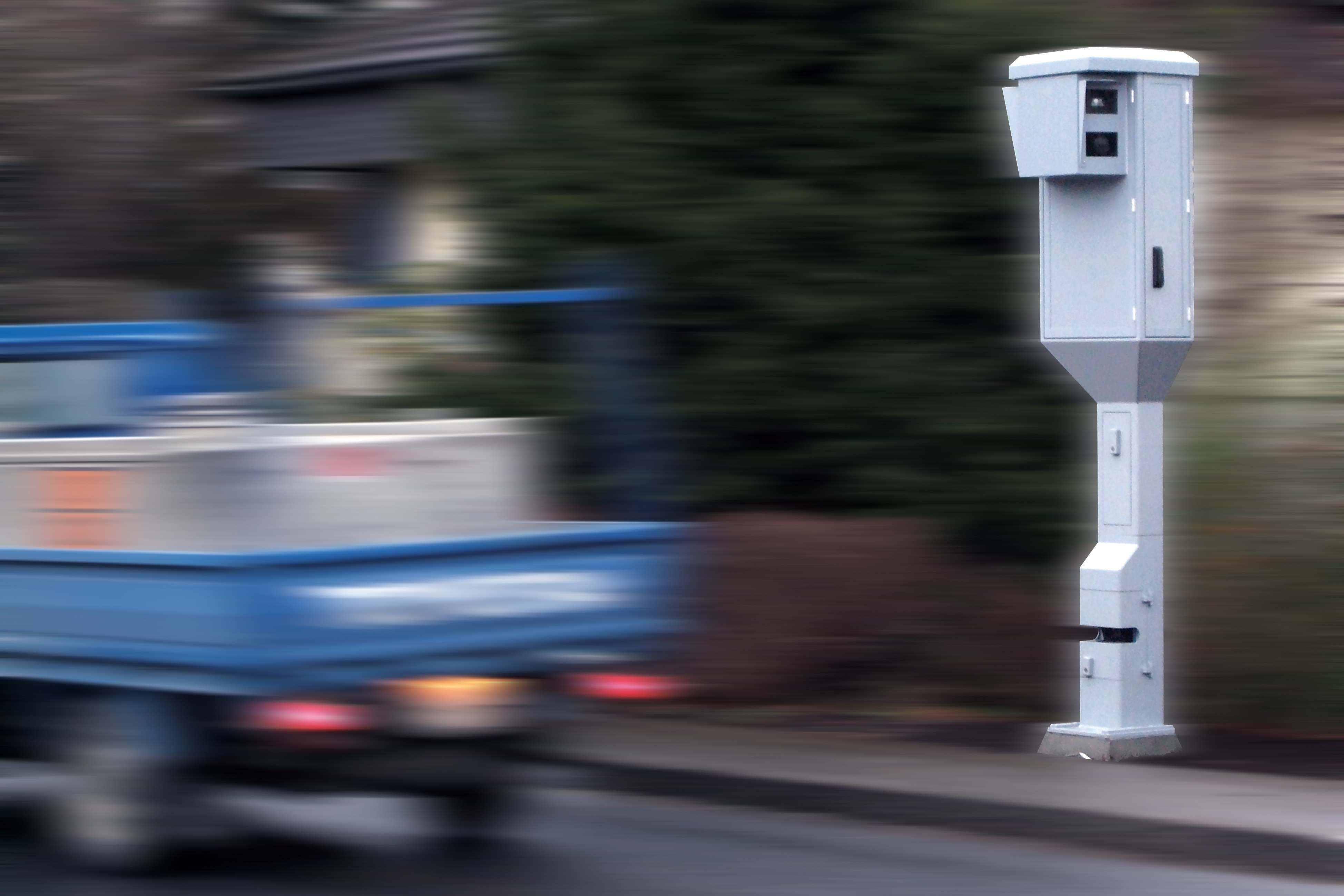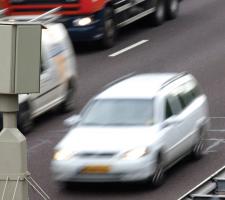
Some variations in camera performance have come to light… but processing procedures and camera maintenance are often also factors (Pic: Kecko)
Difficulties with the apparent accuracy of enforcement systems have been making the headlines in the United States over recent months. Jon Masters investigates the causes and possible cures
Online newspaper reports in the United States over recent months have painted a picture of the authorities struggling to keep on top of their speed and red light enforcement programmes.Among a host of stories put out by the Washington Post and others on the subject of speed cameras during January, there were reports of camera inaccuracies being exposed in Baltimore and the city’s police commissioner promising ‘dramatic reforms’ in response.
The problems are apparently not restricted to the state of Maryland, either: according to the Chicago Tribune, up to $4m is going to be refunded to motorists unjustly penalised for jumping red lights in New Jersey.
All of this begs certain questions over the standards of equipment in use and procedures for processing violations. So is the enforcement industry failing here – or is it government agencies and authorities that are getting it wrong? Could more be done to ensure high standards are adhered to?
Problems reviewed
Closer inspection of the specific problems in Baltimore reveals that five out of an array of 83 cameras in the city were found to have been producing anomalous readings. Baltimore’s enforcement service provider is“We always try to be transparent about our operations and in this case we didn't do a good job with the re-training of some officials processing citations,” says Xerox group president for local government in America, Mark Talbot. “There were some anomalies in camera images that should have been identified, such as incorrect speed, but this is all part of the review process. On a broader scale, there have been problems with less than 0.5% of all citations issued during this one contract.”
Talbot points to an “exhaustive review” conducted by Xerox into the performance of all of the company’s similar enforcement contracts since the Baltimore reports emerged. An overall success rate of 99.5% was found.
“It’s very unusual, what was reported in Baltimore. Errors can occur, but they are a very small sample. Nonetheless, we should always strive to be better,” Talbot says. “People need to know equipment is working to a high standard. At the end of the day authorities are trying to improve road safety and there is still a tonne of people speeding. There has been a 90% improvement in speed compliance in Baltimore, but we have to be held accountable and training is an area we could tighten up on.”
International standards
The overall accuracy rating Xerox found across its contracts is similar to enforcement programmes elsewhere. According to camera equipment suppliers, required performance levels set by homologation or type approval standards vary in detail from one country to another, but all are based on the recommendations of theAmong an expansive set of specified tests, OIML states that errors should be less than 1km/h, or for speeds over 100km/h they should not exceed 1%. Furthermore it says: “For pattern approval, 500 measurements shall be made, of which none shall give an error larger than 3km/h (or 3% at speeds above 100km/h).”
“Enforcement systems usually demonstrate an accuracy performance of 1% [error rates] or less, and so deliver well within what’s required,” says product manager Alexander Kleyn van Willigen of the camera and systems supplier
“In the Netherlands, an additional tolerance is applied to improve fairness and public acceptance. Allowances for accuracy and tolerance vary from country to country, but measurement accuracy is actually not as important as systems’ reliability, getting a consistency of about 97% of violations measured correctly.”
Effective deterrent
Prosecution rate – that is to say the percentage of violations prosecuted successfully – is arguably the key factor in all this for maximising enforcement systems’ powers to influence driver behaviour via a known and reliable deterrent. “In our opinion, this rate should be as high as possible to be fair to the road user,” Kleyn van Willigen says. “My personal feeling is that 70% success is an absolute minimum where effectiveness decreases critically. The aim is generally 90%, whereas 95% is being achieved in most countries of Western Europe and the United States.”France is known to have a very efficient system with regard to deterring speeding with a very effective national back-office system, as is the Netherlands. This demands a comprehensive and robust national licence plate database for correctly matching violations to vehicle owners – something which is significantly more difficult in Asia, says Kleyn van Willigen.
Multiple factors
This serves to underline that a number of factors contribute to the success or fairness apparent in enforcement systems, including the performance of cameras and correct procedures in maintaining equipment and processing offences.The problems associated with prosecuting red light violations in New Jersey were found to have nothing to do with camera performance. A number of traffic signals had insufficient amber phasing, leading to a large number of successful appeals against applied penalties. Similarly, around 7000 red light violations in the state of Victoria in Australia are reported to have been rescinded due to traffic light defects.
But where enforcement systems are at fault, there can be a number of root causes.
Heiko Frohn, chief technology officer at equipment supplier Vitronic, says: “At first glimpse, regulations look very similar around the world. But in how the regulations are applied, there are differences.
“There are two major issues,” he explains. “There has to be some form of homologation – which is not mandatory everywhere – and regular calibration of equipment is necessary. There are usually regulations on the latter, but who is responsible? In some places, such as Germany, this is done by highway authorities. Elsewhere, it’s often in the hands of enforcement operators which may be police forces or private sector suppliers.”
For comparison, the requirements on accuracy in the US and Germany are virtually the same, but this detail is not the big issue, Scherer says. It’s more a question of how systems and regulations are applied. “If police forces find it too costly to calibrate regularly, they may choose not to. In Germany, many systems shut down automatically if camera calibration expiry date is exceeded,” he says.
So how about bringing all this in line? Why not have international standards to create greater consistency in equipment homologation, regulation of systems and violation processing?
Xerox’s Mark Talbot says: “In theory, this would be a good move for giving the public a greater sense of confidence, showing that internationally accepted standards are being adhered to. Innovation could still occur without being bogged down in multiple homologation standards of different states or countries.
“However, while requirements on equipment are purely technical and can be followed worldwide, processing is different and reliant on what the customer wants. The time taken to process violations and ensure accuracy depends on the levels of service the customer is willing to pay for.”
Kleyn van Willigen of Gatso agrees: “Yes, of course there could be more international standardisation and it would make things easier if homologation was the same everywhere – but each country is working in a slightly different legal framework. I don't see international standards coming soon.












